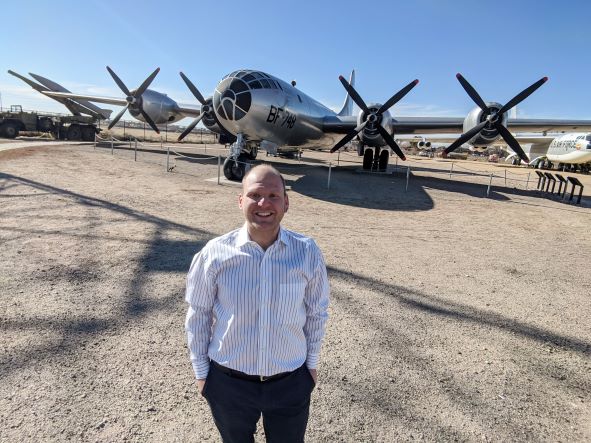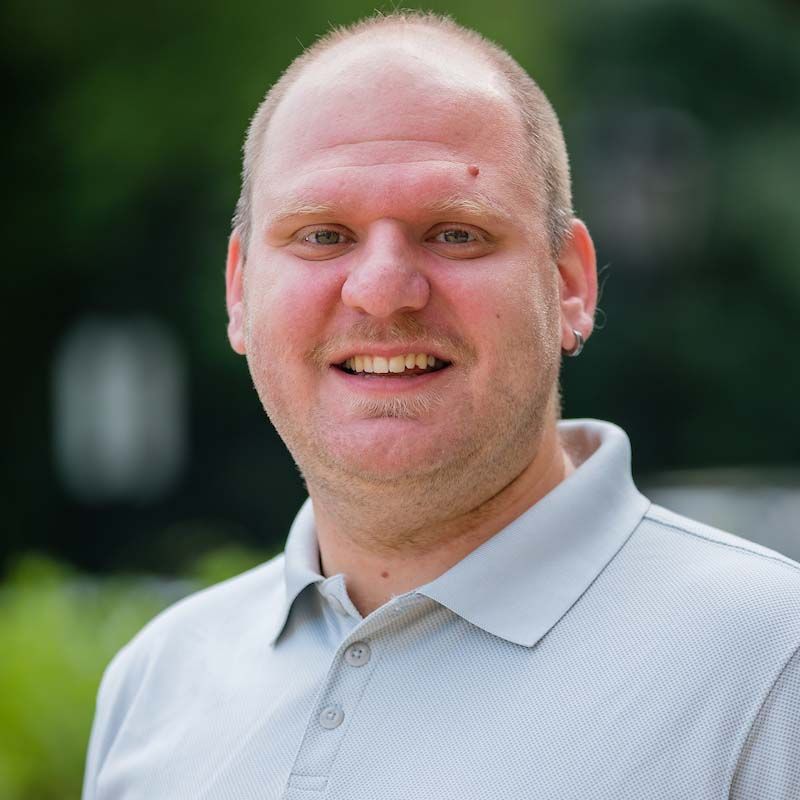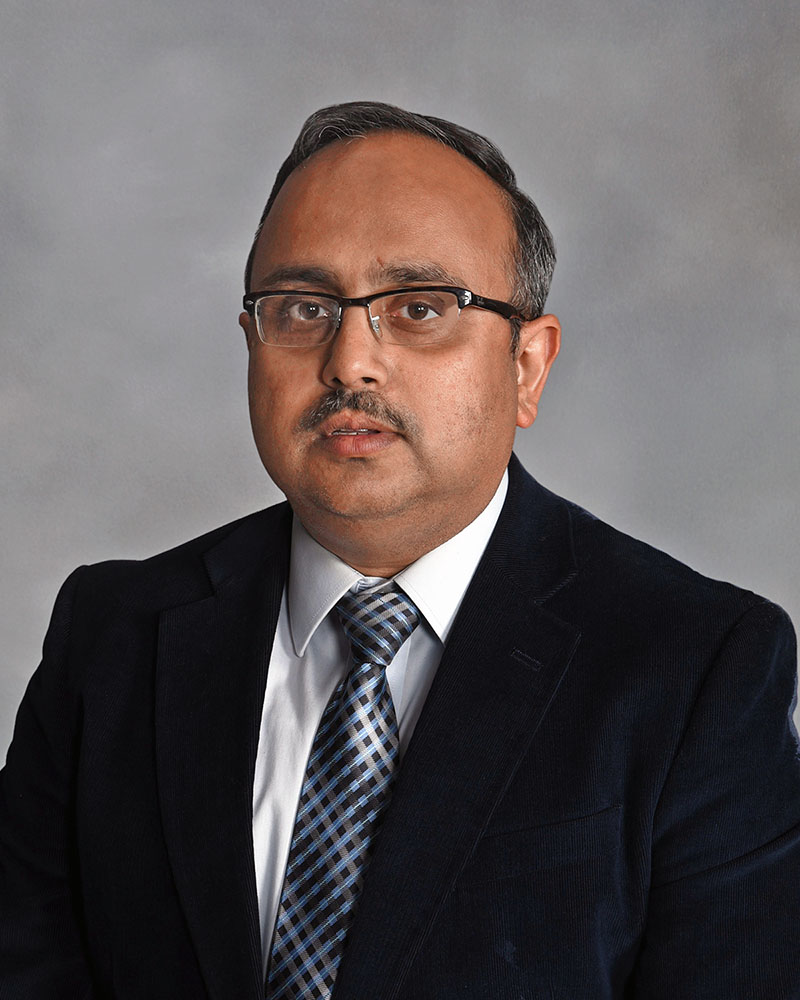
Although commercial flights weren’t that common in the Republic of Turkey 20 years ago, mechanical engineering alum Denis Aslangil ’15G ’19 PhD was no stranger to airplanes.
His mother’s family lived in France at the time, so as a child, he would fly regularly back and forth with her to visit. Those experiences sparked a lifelong curiosity about what he would come to know as fluid dynamics, the field that, in basic terms, studies the flow of gases, liquids, and plasmas.
Today, Aslangil is an assistant professor in the Department of Aerospace Engineering and Mechanics at the University of Alabama. His research group explores the physics of turbulence (which occurs when fluid flow moves irregularly) and how it affects our surroundings. They study turbulent flow in a variety of processes, including nuclear fusion; atmospheric, oceanic, and astrophysical flows; supersonic transportation and combustion; and other cutting-edge technologies.
Originally, those flights between Turkey and France made Aslangil think he wanted to be a pilot. He even took some flight lessons at one point later on.
“But after researching turbulence, I knew that flight still has many unknowns, so it’s easier to study it through computers than taking the risk and flying planes,” Aslangil says. “I chose to be an engineer instead to understand more about their dynamics.”
It was after he began to study the discipline of fluid dynamics at Istanbul Technical University as an undergraduate that Aslangil realized that his curiosity extended beyond just aircraft, or even flight in general.
“What attracted me even more was realizing that we are constantly interacting with fluids,” Aslangil says. “We walk around in air, we drink liquids, and all vehicles are interacting with some type of fluid.”
To feed that curiosity, he decided to attend graduate school and applied to Lehigh because of its reputation of excellence in the field of fluid dynamics.
“It was always leading the field, both in the past when I joined and now, so it was the best option to improve myself,” Aslangil says. “I joined with a Lehigh University Fellowship, which is a prestigious award for incoming graduate students to Lehigh, with each department being awarded only one fellowship per year.”
He also wanted to study with Professor Arindam Banerjee, chair of the Department of Mechanical Engineering and Mechanics, who researches the dynamics of materials in extreme environments.
“He was working on turbulent flows, and I knew that would give me the best opportunity to understand how these big machines are staying in the air,” Aslangil says.
During his graduate studies at Lehigh, Aslangil was able to visit Los Alamos National Laboratory (LANL) to work on real-life fluid dynamics simulations with the nation’s largest supercomputers.
“It is one of the most prestigious places for what they call turbulent mixing flows, which was directly related to my dissertation study at Lehigh,” Aslangil says. “I was very lucky to work with scientists who are the experts in the field.”
“Dr. Banerjee always supported me in making external collaborations,” Aslangil adds, “and my professors never put up any barriers, allowing me to spend my time on research.”
Aslangil would go on to complete his postdoctoral research at LANL under Dr. Daniel Livescu, fluid dynamics team leader at LANL, working on machine learning for modeling complex flows that are observed in nuclear fusion technologies and other areas of astrophysics.
As the University of Alabama, he continues his research on the fluid dynamics observed in supersonic to hypersonic combustion and propulsion, as well as nuclear fusion technologies like inertial confinement.
Aslangil decided to move from the government lab to academia to fulfill his longtime goal of leading his own group in cutting-edge research while teaching the next generation.
“The transition was a bit stressful at the beginning,” Aslangil says, “but it is very rewarding interacting with students, and leading them in research is very professionally satisfying.”
Story by Steve Neumann, a freelance contributor for the P.C. Rossin College of Engineering and Applied Science


